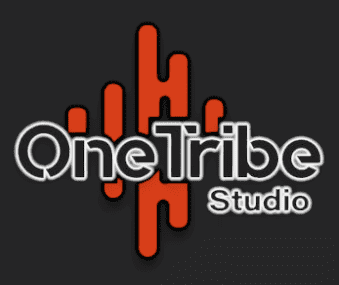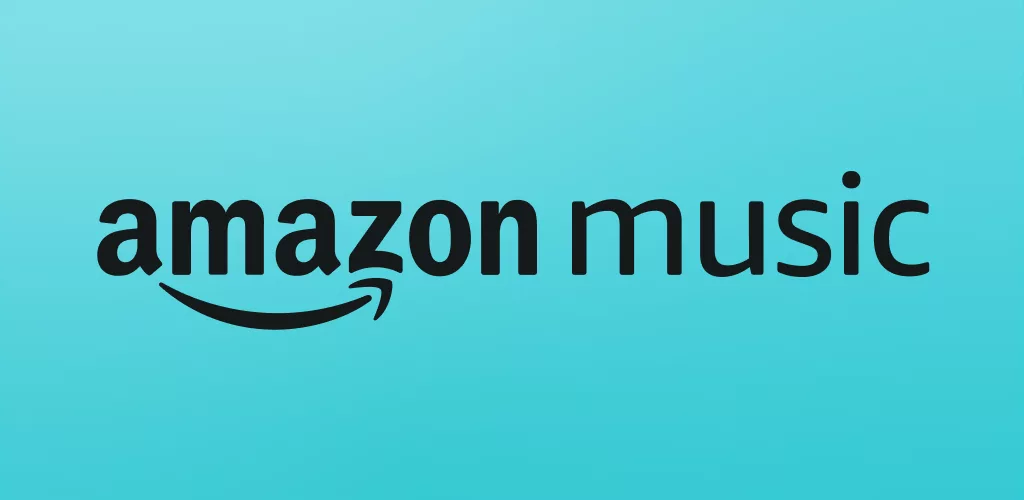Choosing the Right Audio Streaming Platform


The rapid evolution of technology has revolutionized the way we access music.
Audio streaming platforms have become major players in this transformation.
In this article, we will explore the history, advantages, disadvantages and distinctive characteristics of the main audio streaming platforms which therefore shape our contemporary musical experience.
Streaming Platform: Spotify
History
Launched in 2008 by Daniel Ek and Martin Lorentzon in Sweden, Spotify quickly conquered the world of music streaming.
With a freemium model, offering a free version with ads and a premium version without ads, Spotify has gained millions of users around the world.
Advantages
- Extensive Library: Spotify offers millions of songs, podcasts and playlists, offering a vast library for all musical tastes.
- Recommendation Algorithms: Personalized suggestions based on listening habits therefore allow users to discover new artists and genres.
- Exclusive Collaborations: Exclusive collaborations with renowned artists offer unique content to premium subscribers.
Disadvantages
- Remuneration of Artists: The question of fair remuneration of artists has often been raised. Some consider that the gains are insufficient.
Streaming Platform: Apple Music
History
Launched by Apple in 2015, Apple Music sought to conquer the streaming market. It combines streaming music with integration of the iTunes download service.
Advantages
- Apple Integration: Synergy with the Apple ecosystem provides a seamless experience for Apple device users.
- Beats 1 Radio: A global radio station hosted by famous DJs, offering a unique music discovery experience.
- Audio Quality: Apple Music offers premium audio quality with Lossless streaming functionality.
Disadvantages
- Interface Complex: Some users find Apple Music’s interface less intuitive than that of some competitors.
Streaming Platform: Deezer
History
Founded in 2007 in France, Deezer has established itself as one of the first streaming platforms to offer legal access to a vast musical catalog.
Advantages
- Offline Mode: Premium subscribers can therefore download songs for offline listening.
- Flow: A personalized feature that creates playlists based on user preferences.
- Hi-Res Audio Catalog: Deezer offers a catalog of Hi-Res audio quality for audiophiles.
Disadvantages
- Free Version Limitations: The free version is often associated with limitations such as advertising and the inability to download songs.
Streaming Platform: Tidal
History
Launched in 2014, Tidal stood out for its emphasis on audio quality, offering exclusive content and being owned by a group of artists, including Jay-Z.
Advantages
- HiFi Audio Quality: Tidal therefore offers HiFi audio quality and even a Hi-Res option for audiophiles.
- Exclusive Content: Exclusives with renowned artists and preview albums.
- Commitment to Artists: Tidal promotes fairer remuneration for artists.
Disadvantages
- High Cost: Tidal was often considered in its early days to be more expensive than its competitors, especially for high-quality audio options.


Streaming Platform: Amazon Music
History
Amazon Music started as a streaming service included with Amazon Prime membership and has since expanded with premium offerings.
Advantages
- Integration with Alexa: Seamless integration with Amazon Alexa devices therefore provides a hands-free experience.
- Extensive Library: An extensive music library and personalized playlists.
- Various Subscription Options: Flexible subscription options, including a free, ad-supported version.
Disadvantages
- Audio Quality: Audio quality may not be up to audiophile standards compared to some other platforms.
Recommendations Based on Listening Preferences
- For demanding Audiophiles: Tidal and/or Qobuz
- If you are passionate about exceptional audio quality and want an immersive sound experience with uncompressed audio files, Tidal is the ideal platform. With a focus on high fidelity, Tidal also offers exclusive content, appealing to audiophiles and premium music enthusiasts.
- For Seamless Integration with Amazon Devices: Amazon Music
- Are you a frequent user of Amazon devices such as Echo and Alexa? Amazon Music offers seamless integration. You can effortlessly control your music experience with voice commands, making this platform a great choice for those looking for a hands-free experience and easy interaction with their Amazon ecosystem.
- For a Varied Musical Discovery: Deezer
- If you are looking for a platform offering great linguistic and musical diversity, Deezer could meet your expectations. With a presence in many countries, Deezer therefore offers a variety of playlists, recommendations and even podcasts, making it a great option for those who like to explore different musical cultures.
- For a Complete Multimedia Experience: YouTube Music
- Do you like video as much as audio? YouTube Music offers a complete multimedia experience by combining traditional audio tracks with music videos. It is therefore a great option for those who like to experience music through a visual dimension and want to easily switch between audio and video.
Recommendations Based on Budgetary Needs
- For Amazon Prime Members: Amazon Music
- If you’re already an Amazon Prime member, Amazon Music might be the most cost-effective choice. Certain subscription levels are included with Prime membership, providing access to an extensive music library without significant additional cost.
- For tighter budgets: Spotify Free or YouTube Music Free
- Do you prefer a free option while still accepting some advertising? Spotify Free or YouTube Music Free can therefore be excellent choices. They offer a wide selection of music with no monthly cost, although paid options without ads and with additional features are also available.
- For Global Value: Apple Music
- If you’re in the Apple ecosystem, Apple Music offers overall value with a competitive subscription cost. Additionally, it offers free trials for new users, so you can evaluate the platform before committing fully.
- For Lovers of Exclusive Content: Tidal
- Looking for exclusive content like albums and live events? Tidal could justify its slightly higher cost. For artist lovers engaged with the platform, the exclusive benefits may therefore be worth it.
Streaming Platforms: Unique Features
- For Podcast Lovers: Spotify
- If you’re passionate about podcasts in addition to music, Spotify stands out with its extensive podcast library. From comedy to education to true stories, Spotify offers a variety of content to satisfy listeners hungry for diversity. The seamless integration of music and podcasts therefore makes it a complete option for lovers of varied auditory content.
Conclusion
Audio streaming platforms have significantly transformed the way we experience music.
Each service has its own distinctive features, and the choice between them often depends on individual preferences in terms of music catalog, user interface, audio quality and cost.
With constant competition and continued innovations, the audio streaming landscape promises to evolve further, providing listeners with ever more options and features to personalize their music experience.




